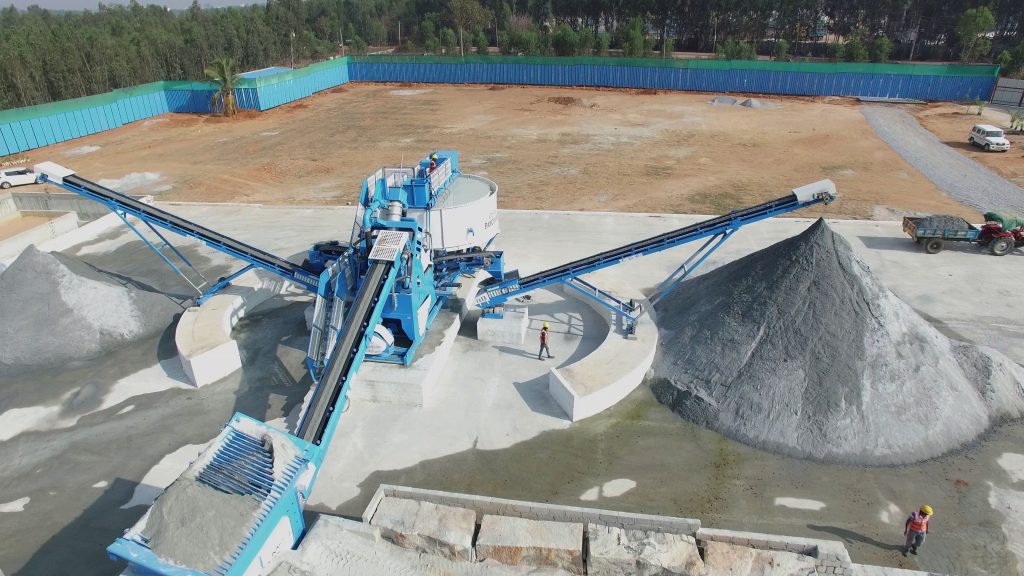Enhancing Indoor Air Quality: The Role of Proper Ventilation
Poor Indoor Air Quality (IAQ) can impact the health of those who live there. It could cause the nose, throat, and nasal irritation, headaches, and allergies. Exposure for long periods can cause respiratory conditions and can result in heart disease and cancer.
Most pollutants that degrade IAQ come from construction and furniture, paint and cleaning materials. Low-emission materials are a great method to minimize harmful pollutants.
Volatile Organic Compounds
A lot of everyday items, such as construction materials and cleaning chemicals produce VOCs that are released into the environment. Solvents, paints for perfumes, and cleaners contain VOCs. They can also be present in wood or kerosene-burning stoves. VOC levels can build up inside the home from smoke, chemical use and even painting absorption from outdoor sources. High concentrations of indoor VOCs may cause “sick construction syndrome’.
Outdoor VOCs are a significant contributing factor to the formation of ground-level Ozone which is an ingredient of photochemical pollutant. VOCs are regulated by the EPA to ensure that they do not react with sunlight and nitrogen oxides creating Ozone.
Many new products and materials that are used for construction produce VOCs. This includes insulation, paints and flooring, and adhesives. It is important that architects specify products that are low in VOCs so that they can create healthful buildings. Selecting items that are registered and accredited by Declare Label certificate, Cradle to Cradle certification, Global Green Tag certification as well as Lens certification, Lens certification, as well as BREEAM Hea 02-credit for indoor air quality can reduce VOC levels.

Formaldehyde Emissions
When building, the usage of wood products containing formaldehyde-based resins can lead to high levels of offgassing formaldehyde into the air inside. The offgassing can continue over a period of time, and it is worsened by high humidity and temperature levels.
Formaldehyde, a carcinogen, can cause eyestrain, respiratory irritation and bronchoconstriction as well as asthma among some individuals. The skin, throat, nose and eyes can also become inflamed. It is also a precursor of other VOCs.
Formaldehyde is found at high levels in many household products gia da 0x4 like new wood furniture and recently remodeled melamine pieces and wood-based products pressed with formaldehyde resins and urea-formaldehyde insulation foam, DIY projects such as varnishing and painting; in addition to textiles. Alongside enhancing ventilation, the use of more low emission pressed wood products such as those that are with ULEF and CARB compliance or that are made using no-formaldehyde (NAF) resins is a good way to in reducing formaldehyde emissions.
Particulate Matter
Asbestos occurs in numerous modern materials, including carpets and insulation. If disturbed asbestos, it can release harmful fumes. These gases can pollute indoor air and boost the chance of causing allergies in individuals. Inhaling particles may lead to respiratory ailments and cardiovascular health issues.
Diesel-powered construction equipment can be another source of air pollution. The equipment creates a great deal of carbon dioxide, carbon monoxide in addition to nitrogen oxides and hydrocarbons which affect the quality of indoor air.
It is also essential that you use low-emitting construction materials and ensure that ventilation works effectively to prevent contaminants from getting out of the indoor environment. Indoor pollutants that are excessively high could lead to lower health and worsening of the condition, for example more hospitalizations and deaths from cardiovascular and respiratory diseases. Particularly, it is the case for certain groups, including those with a disability, elderly people, and people with preexisting ailments. It is vital to avoid exposure by ensuring proper ventilation, and also separating work zones away from areas that are occupied during renovations.
Mold Growth
Molds, which are fungi that degrade materials within our surroundings and then produce spores to consume even more as they grow. This cycle never ends and is the main cause of pollution in the environment, particularly in the form of mycotoxins that are produced by various types of molds. These have been identified to cause more dangerous health risks.
Mold spores can be found everywhere in the air and in construction and soil. The growth of mold is dependent upon oxygen, water and nutrition. The majority of building materials and furniture offer the right nutrients. Likewise, dirt that is on the surface provides an additional source of water.
Mold spores in the air can cause irritation to respiratory systems, while some individuals may also suffer from fatigue, headaches, or migraines. The use of low-emitting construction components and an appropriate ventilation system helps to minimize the negative impact on microbial toxins in the course of and following a construction project, and improve overall indoor air quality.